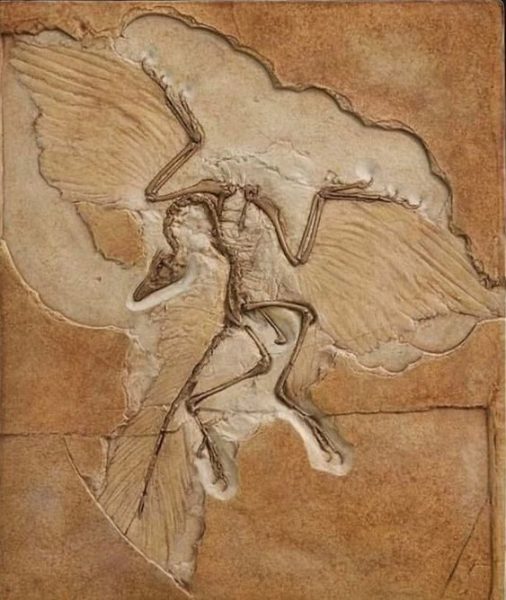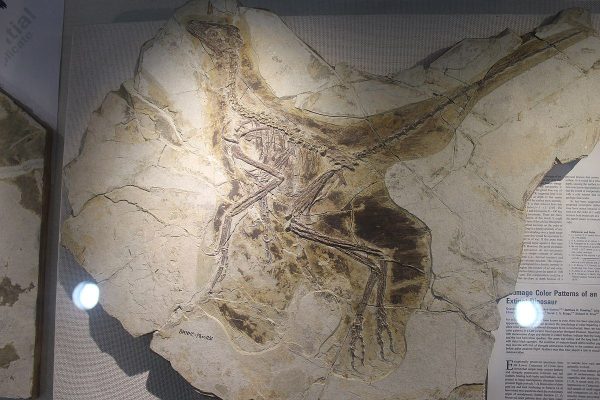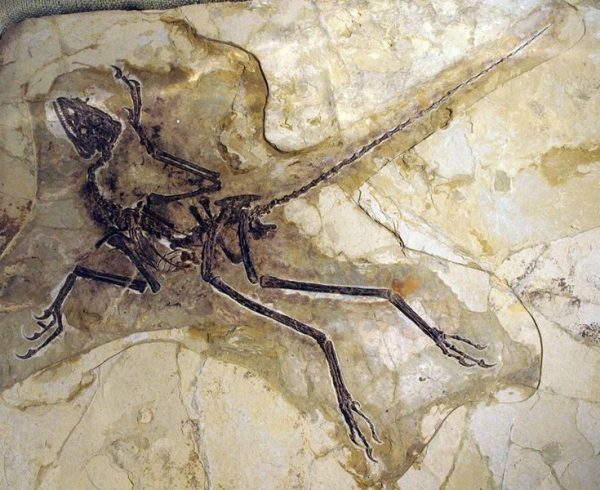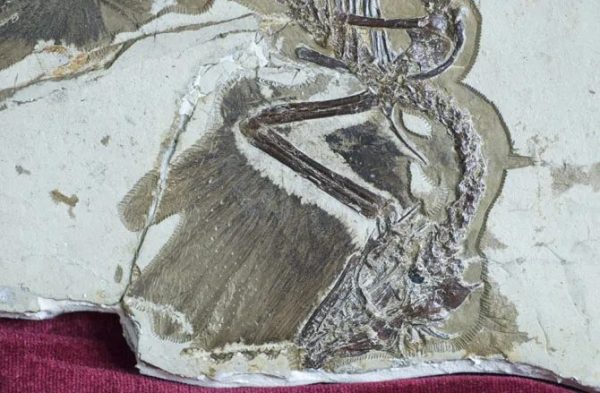
Anchiornis: A Feathered Marvel
Anchiornis, often labeled as a “feathered dinosaur,” is a small, bird-like creature that existed over 160 million years ago. These fossils are renowned for their impeccable preservation, including feather imprints. This remarkable discovery has significantly advanced our comprehension of feather evolution and its ties to both dinosaurs and modern birds.
The Rediscovery of Anchiornis
The rediscovery of Anchiornis fossils in Asian excavation sites is akin to locating a long-lost treasure. These fossils, which had once captured the scientific community’s imagination, had somewhat faded from the forefront of research until their reemergence. Their reappearance has reignited interest and enthusiasm in the field of paleontology.

Significance of Anchiornis Fossils
The value of Anchiornis fossils lies in their pivotal role as a link between ancient, non-avian dinosaurs and contemporary birds. A comprehensive examination of these fossils offers insight into the origins of avian features, particularly feathers, providing invaluable clues about the development of these remarkable adaptations over time.
Feathers and Flight Evolution
Anchiornis fossils have contributed significantly to the ongoing discourse on bird flight evolution. By meticulously analyzing feather structure and arrangement in these fossils, researchers aim to decipher the enigmatic story of how these adaptations evolved. Did Anchiornis possess the capability of powered flight, gliding, or was it restricted to parachute-like descents?

Unlocking Earth’s History
The rediscovery of Anchiornis fossils serves as a potent reminder of the concealed wealth of Earth’s history buried beneath the surface. Paleontologists and scientists tirelessly explore excavation sites across Asia and other regions, unearthing clues about ancient life and the forces that have shaped our planet.
Future Research and Collaboration

The resurgence of Anchiornis in scientific discourse opens the door to future research and collaboration in paleontology. Scientists and institutions worldwide are poised to unite in further exploration of these remarkable fossils.
In conclusion, the rediscovery of Anchiornis fossils in Asian excavation sites is an enthralling juncture in the world of paleontology. These findings not only offer a unique glimpse into our planet’s ancient past but also provide a platform for ongoing exploration and discovery.

As scientists piece together the story of Anchiornis, we are offered a captivating opportunity to unlock Earth’s history and gain insights into the extraordinary journey of life on our planet.